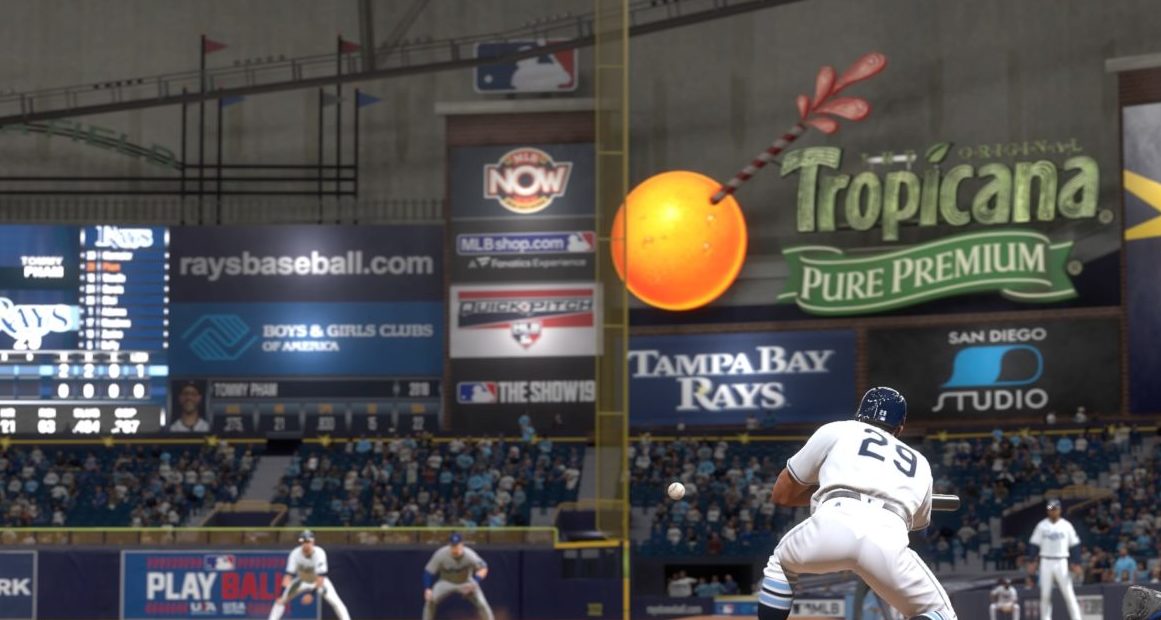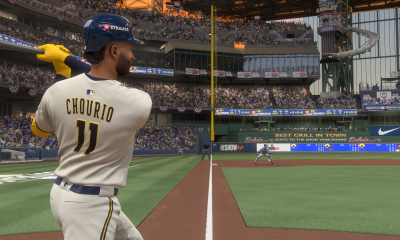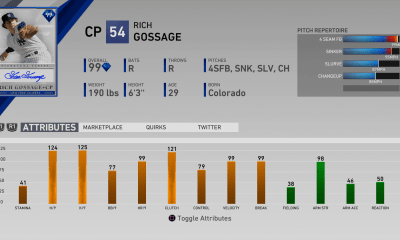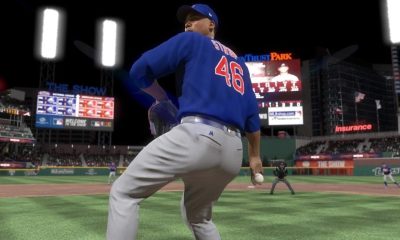MLB The Show 19
Mastering Small Ball in MLB The Show 19
Everyone loves the long ball. And that is pretty much what baseball has become. Most teams have a wealth of home-run hitters who can take the pitcher deep at any moment. But as many know, there are more ways to win in the game of baseball than power hitting and extra-base gap shots. What is it you ask? It is the art of playing small ball. Or sometimes called, playing station to station. Many of you know it, and many of you don’t, but for those of you using teams lacking consistent power, there is another way to win.
On a regular basis, baseball games come down to the final innings. And when you find yourself in the late innings searching for a way to score, small ball can be a good way to go to in order to tie the game up or scratch across the game-winner. A variety of aspects exist in the small-ball game, and I would like to address them in detail. So let’s take a deep dive into how you can play the station-to-station game and become a master of the small ball in MLB The Show.
First Base
Step one of this strategy is simple, get on base. Now, this can be easier said than done because small ball requires a lot of patience at the plate. When you lead off the inning, don’t be a first-pitch swinger. It’s very likely the first pitch you see from the opposing pitcher will not be the best pitch to swing at. If you fall behind in the count, this will make this task almost impossible. I usually take the first pitch and each one after until I get a strike. With this strategy, I found myself in more (2-1) and (3-1) counts where I can then work a walk, or at the very least bet on a fastball I can drive up the middle for a base hit. In this situation, I used the Tampa Bay Rays. My first at-bat was a four-pitch walk. Mission accomplished.
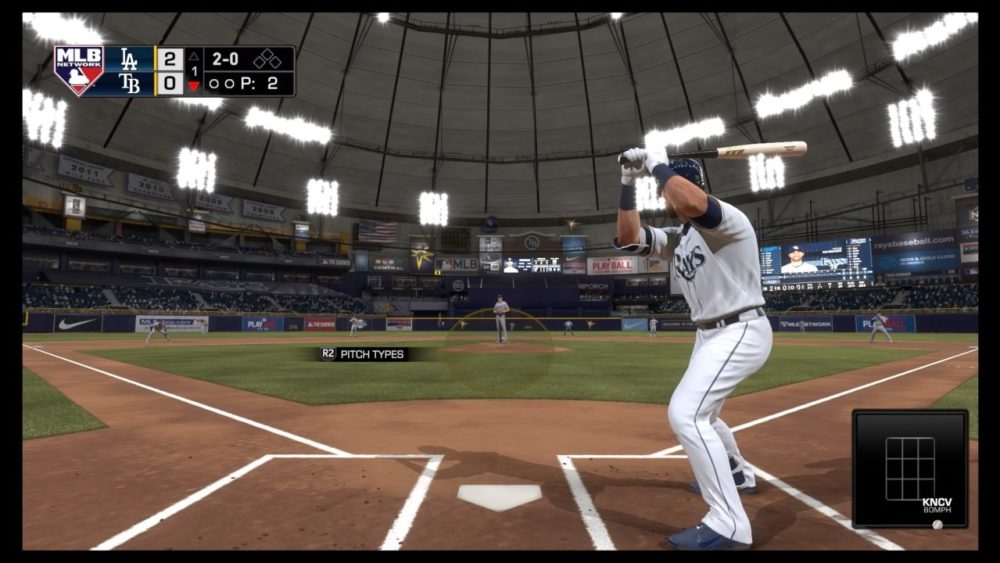
Second Base
Get the runner over. Part two of mastering small ball is to advance the runner into scoring position. There are some options when deciding how you should go about this. The first option is pretty simple. You can use your two-hole batter to drop a bunt down and safely position your runner on second base. If use this as your go-to strategy, then you should make sure you have someone that has the bunting ability to do this. The last thing you want to happen when playing small ball is to bunt a ball right into a double play or pop it up for the easy out. If any of those happen, then it forces your hand to put the runner in motion at first with one out. Sacrifice bunting will give up an out to the defense but you have accomplished the task of placing the runner in scoring position. A single by your number three and four hitters should bring home a run.
The next method to position the runner in scoring position is a bit more aggressive and riskier. However, if you can steal second, you now can work to get the runner is position with no outs on the board. On the flip side, if you are unsuccessful, you take away the option of advancing your runner with a sacrifice and basically take away small-ball options as it’s not ideal to sac bunt with one out.
Third Base
You’ll find yourself in two situations here. Either you have a runner on second with no outs or a runner on second with one out. Let’s start with a runner on second with no outs. Basically you assess the situation the same way you did with a runner on first base. As you know, it is much harder to steal third and the last thing you want to do is have your runner thrown out. So unless you have a player with amazing speed like Billy Hamilton, then I would think about a more conservative approach. The first option would be to drop another bunt down and conservatively move the runner over to third. This option leaves you with an opportunity for your best hitters to crack a deep fly ball and bring him in with a sac fly. Mission accomplished.
Option two would be to let your hitter swing away and put one in play on the right side of the diamond in hopes of scoring the run off a single, or at least moving the runner over to third. Allowing your two-hole hitter to swing away is the more aggressive option because you risk the strikeout. After that, the opposition also has the option to walk the next batter and try to play for the double play. The key to the small-ball strategy is to keep advancing your runners around the diamond. You can really only give away one out in this process, and the more you are able to do without giving up an out, the better.
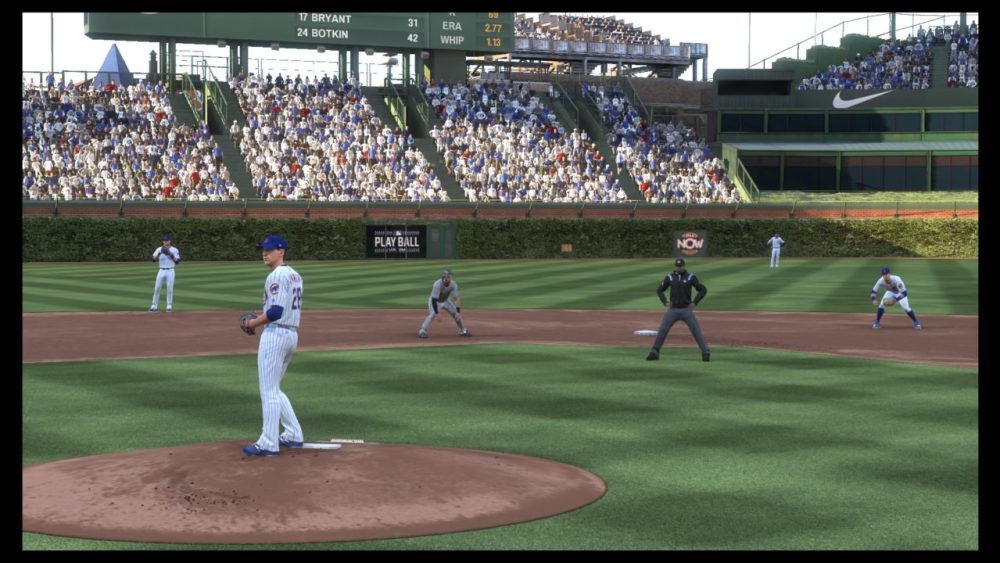
Why Is It Valuable
Small ball is simply a tactical way of scoring runs through strategy without having to rely on doubles, triples or home runs. At its most basic level, you want to keep the runners advancing around the bases while only sacrificing one out. The majority of the time, moving your runner to second will be with the sacrifice bunt. Not all players in your lineup will have the speed to take second on a regular basis. Keeping this mindset throughout the game opens up your perspective in the way you look at hitting. You may find yourself focusing on hitting the ball to the opposite side of the field and focusing less on home runs. Either way, being able to implement this strategy during late innings will often result in you being victorious more often than not. Not to mention, when you advance the runner to second, you sometimes will end up hitting the unexpected double to score the run anyway.


